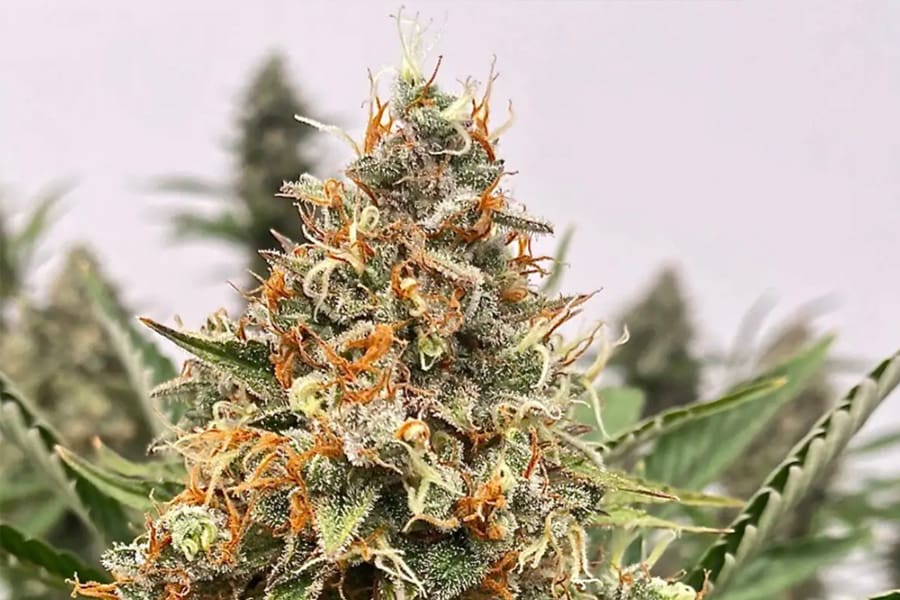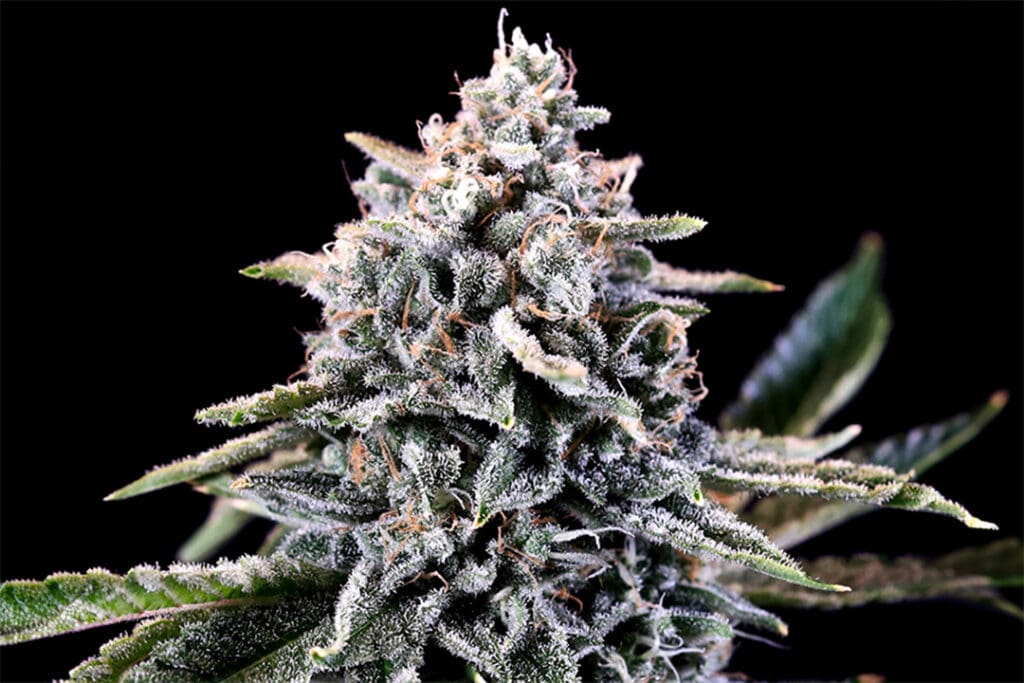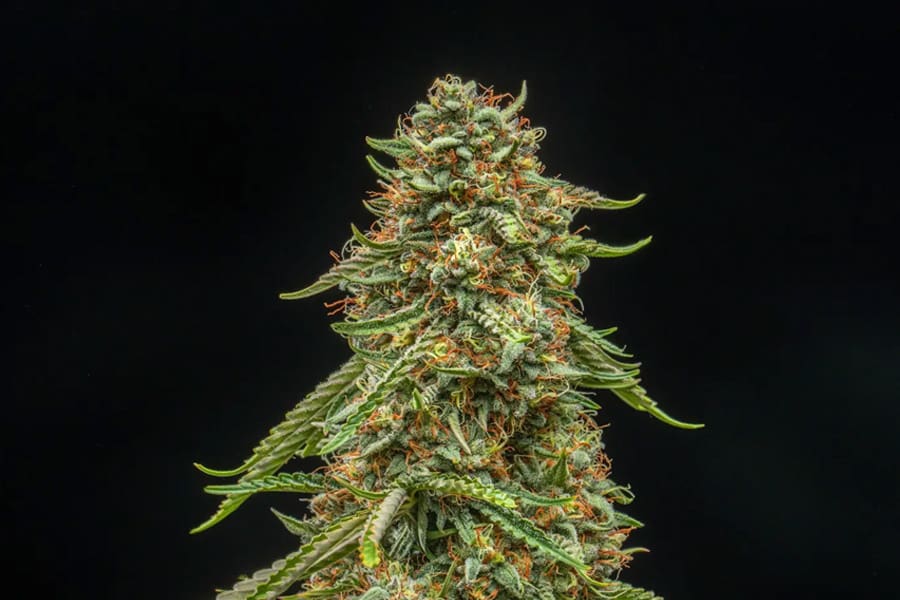The Best Reasons to Plant Semi Full Term Cannabis on Your Farm
An expert tradesman in any craft needs to know what tools they have at their disposal, and when to use them. Growing cannabis is no different. A cannabis farmer needs to know what equipment, methods, processes, and genetics they can apply depending on the situation. The point of this blog is convey the best use cases for semi full term genetics.
What are Semi-full term genetics?
Semi-full term genetics, otherwise known as fast, fast flowering, fast finishing, quik, quicks, and subautos; are photoperiod and autoflower crosses that create incredible hybrid vigor due to the genetic dissimilarity of the two parents. Semi-full terms plants are bigger, yield more, and initiate flowering and finish 2-3 weeks earlier than their purely photoperiod counterparts, as they trigger under higher available light thresholds. IE a blue dream semi full term triggers under 14.75 hours of light and it’s counterpart triggers at 14 hours, for example. Check out our blog on light cycle types for further information on the differences between semis, full term, and autos.
Growing Semi full term genetics for early harvesting in cold, wet, and adverse fall conditions
Semi-full term plants are incredibly useful when a grower is faced with wet, cold, and basically adverse climatic conditions in September and October. This could mean early rains, early snow, or increasingly cold, nighttime temperatures in the harvest window. By utilizing semi-full term genetics, farmers can ensure that their plants have 2-3 weeks extra time to finish, and are thus fully ripe before adverse conditions set in.
Growing Semi-full term genetics for staggered harvest times and increased yields
When managing a harvest plan including an entire team, labor concerns, and dry down space, it is incredibly useful to be able to stagger harvest so that some of your material comes down 1-3 weeks earlier than the majority of your crop. Additionally, because they finish earlier and can be staggered but also yield so heavily, semi-full terms are incredibly useful and versatile to have in an overall crop plan.
When do I plant semi-full term genetics to ensure the earliest harvest possible?
At the Atlas Seed home R & D farm in Sebastopol, CA, we have tested semi-full terms extensively and have found the best time to seed semi’s is around May 15th; with planting in the fielding being ideally by or before July 4th. This will ensure that plants come to full maturity as soon as possible in September.
Here are our recommendations for semi-full terms you can grow on your farm:


